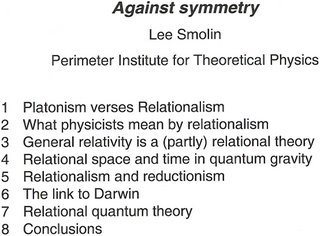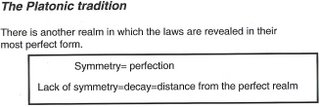
Charles Fort, anomalistics pioneer
Anomalistics
| Terminology |
| Coined by | Robert W. Wescott (1973) |
| Definition | The use of scientific methods to evaluate anomalies with the aim of finding a rational explanation.[1] |
| Signature | The study of phenomena that appear to be at odds with current scientific understanding. |
| See also | Parapsychology
Charles Fort | |
Anomalistics is the use of
scientific methods to evaluate anomalies (
phenomena that fall outside of current understanding), with the aim of finding a rational explanation.
[1] The term itself was coined in
1973 by
Drew University anthropologist Roger W. Wescott, who defined it as being "...serious and systematic study of all phenomena that fail to fit the picture of reality provided for us by common sense or by the established sciences."
[citation needed]
Wescott credited journalist and researcher
Charles Hoy Fort as being the creator of anomalistics as a field of research, and he named biologist
Ivan T. Sanderson and Sourcebook Project compiler
William R. Corliss as being instrumental in expanding anomalistics to introduce a more conventional perspective into the field.
[2][3]
Henry Bauer, emeritus professor of Science Studies at
Virginia Tech, writes that anomalistics is "a politically correct term for the study of bizarre claims,"
[4] while David J. Hess of the Department of Science and Technology Studies at the
Rensselaer Polytechnic Institute describes it as being "the scientific study of anomalies defined as claims of phenomena not generally accepted by the bulk of the scientific community."
[1]
Anomalistics covers several sub-disciplines, including
ufology and
cryptozoology. Scientifically trained anomalists include
ufologist J. Allen Hynek,
[5] Carl Sagan, Christopher Chacon,
[citation needed] cryptozoologist
Bernard Heuvelmans,
[6] and
CSICOP founder
Paul Kurtz.
[7]
Field
According to
Marcello Truzzi, Professor of
Sociology at
Eastern Michigan University, anomalistics works on the principles that "unexplained phenomena exist," but that most can be explained through the application of scientific scrutiny. Further, that something remains plausible until it has been conclusively proven not only implausible but actually impossible, something that science does not do. In 2000, he wrote that anomalistics has four basic functions:
- to aid in the evaluation of a wide variety of anomaly claims proposed by protoscientists;
- to understand better the process of scientific adjudication and to make that process both more just and rational;
- to build a rational conceptual framework for both categorizing and accessing anomaly claims; and
- to act in the role of amicus curiae ("friend of the court") to the scientific community in its process of adjudication.[8]
Scope
In the view of Truzzi, anomalistics has two core tenets governing its scope:
- Research must remain within the conventional boundaries; and
- Research must deal exclusively with "empirical claims of the extraordinary", rather than claims of a "metaphysical, theological or supernatural" nature.
Anomalistics, according to its adherents, is primarily concerned with physical events, with researchers avoiding phenomena they considered to be purely
paranormal in nature, such as
apparitions and
poltergeists, or which are concerned with
"Psi" (parapsychology, e.g.,
ESP,
psychokinesis and
telepathy).
[3]
Validation
According to Truzzi, before an explanation can be considered valid within anomalistics, it must fulfill four criteria. It must be based on conventional knowledge and reasoning; it must be kept simple and be unburdened by speculation or overcomplexity; the burden of proof must be placed on the claimant and not the researcher; and the more extraordinary the claim, the higher the level of proof required.
Bauer states that nothing can be deemed as proof within anomalistics unless it can gain "acceptance by the established disciplines."
[4]
References
- ^ a b c Hess David J. (1997) "Science Studies: an advanced introduction" New York University Press, ISBN 0814735649
- ^ Clark, Jerome (1993) "Encyclopedia of Strange and Unexplained Physical Phenomena", Thomson Gale, ISBN 081038843X
- ^ a b Wescott, Robert W. (1973) "Anomalistics: The Outline of an Emerging Field of Investigation" Research Division, New Jersey Department of Education
- ^ a b Bauer, Henry (2000) "Science Or Pseudoscience: Magnetic Healing, Psychic Phenomena and Other Heterodoxies," University of Illinois Press, ISBN 0-252-02601-2
- ^ Clark, Jerome (1998). The UFO book: Encyclopedia of the Extraterrestrial. Detroit, Michigan: Visible Ink Press. ISBN 1578590299.
- ^ Science 5 November 1999: Vol. 286. no. 5442, p. 1079
- ^ CSI - About CSI (2007-05-05)
- ^ Truzzi, Marcello (2002) "The Perspective of Anomalistics" (section only) - "Encyclopedia of Pseudoscience", Fitzroy Dearborn, ISBN 1-57958-207-9
























